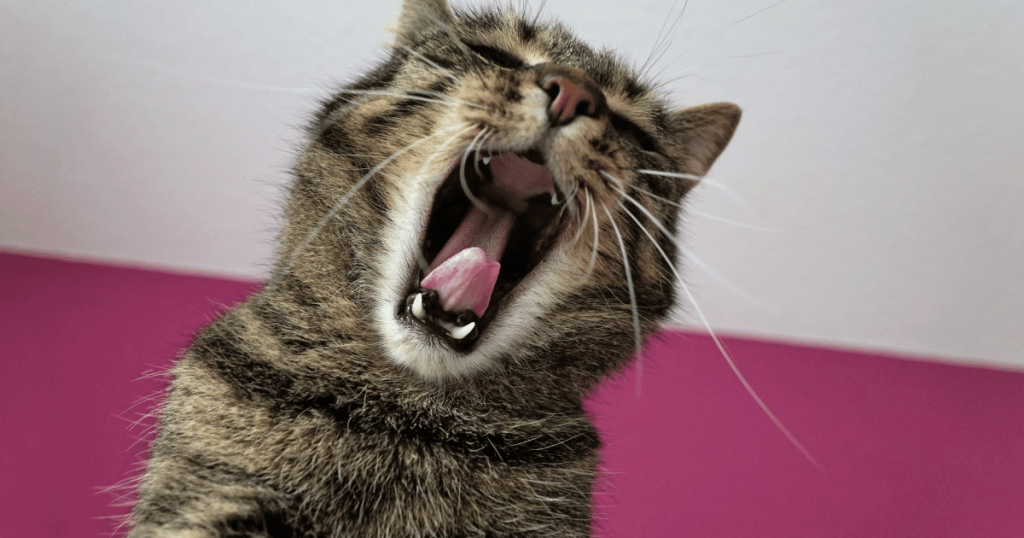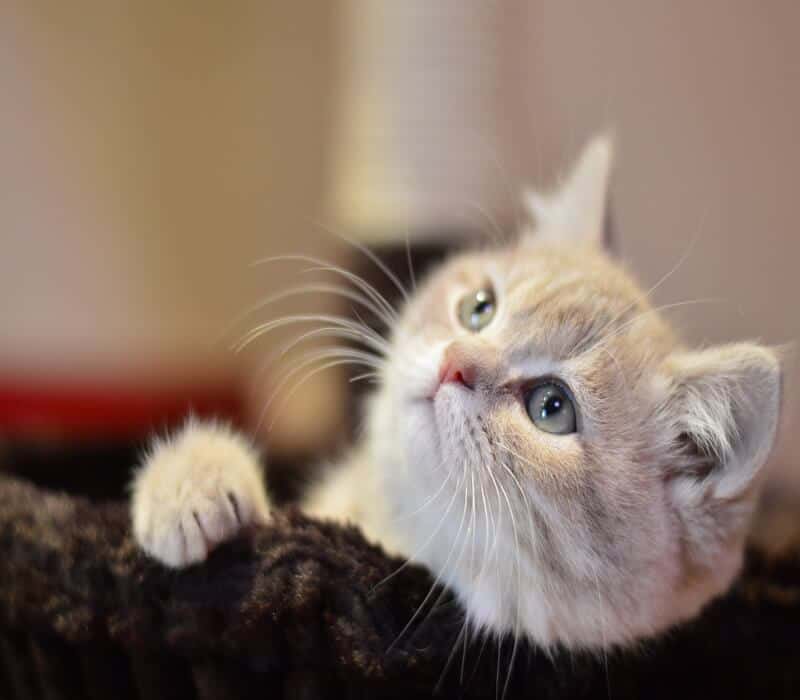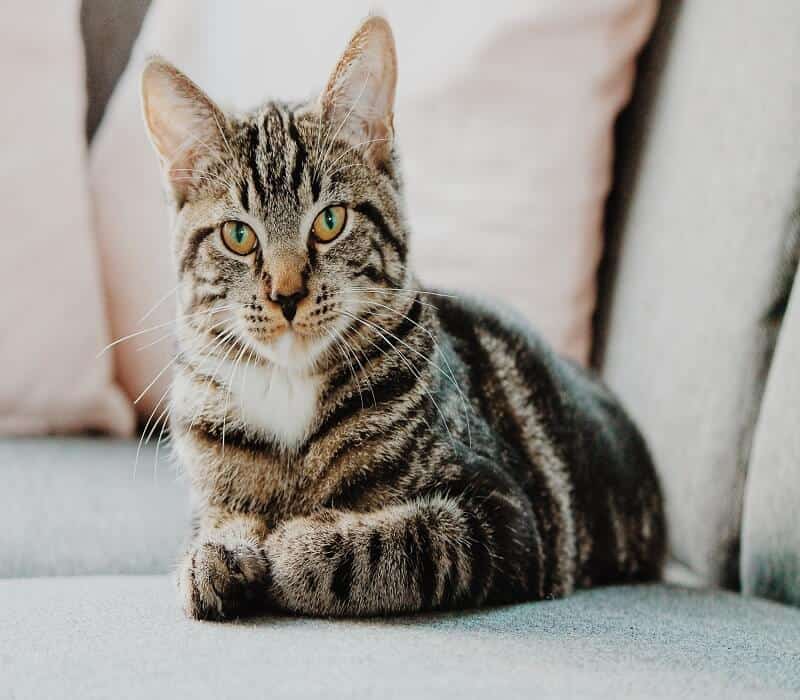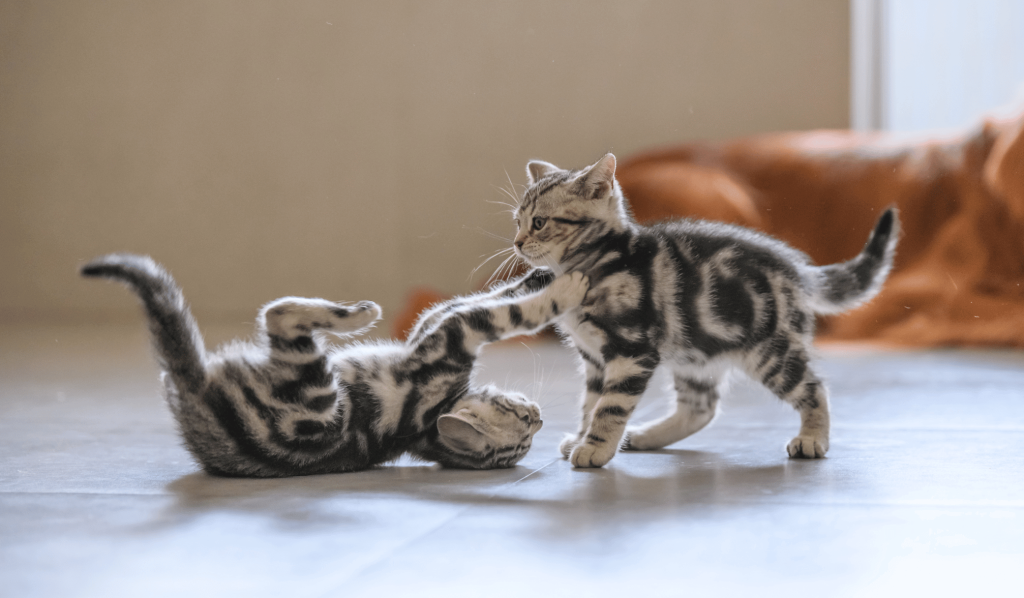
Two cats, one heart-wrenching decision. Learning how to separate bonded cats stirs a mix of emotions in our pet-loving souls. It’s a journey of soft purrs, gentle nuzzles, and, yes, a few hisses along the way.
But when the path calls for a parting of paws, every caring owner seeks a way to ease the transition for their furry friends.
Let’s tread this path together, ensuring each step is padded with compassion and understanding for our whiskered companions.
Practical Steps for Separating Bonded Cats
A. Implementing a Gradual Separation
You’ve seen them cuddle, now it’s time for a tiny pause. Begin with a mere whisker’s width of space between them. Short, gentle periods of separation, where you allow them to explore their own little worlds, will be our starting point.
Imagine creating cozy corners for each, equipped with their own toys, food bowls, and litter boxes. Your aim? Two independent kitty kingdoms, where each reigns with comfort and security.
B. Providing Emotional Support

Now, here’s where your lap becomes the most coveted spot in the house. Your feline friends will seek extra cuddles and play, and you, the ever-doting cat parent, will shower them with love, separately.
Engage them in solo play sessions, ensuring their favorite toys and comfort items are always within the paw’s reach. Your gentle strokes and soft whispers will weave a safety net, catching any emotional tumble they might experience during this transition.
Let’s pad their path with reassurance, one paw print at a time.
C. Continuous Monitoring
Your watchful eyes become the key to their emotional world. As you embark on separating your bonded cats, keep a keen watch for the subtlest twitch of a whisker or a low, thoughtful meow. Stress might peek through in small changes – a bit more hiding, a tad less appetite.
Your role? Adjusting the sails of separation, sometimes slowing down, at times, rerouting, always ensuring the winds of change are gentle on their furry sails. To put it another way, you need to adapt the process of separation based on your cats’ reaction.
D. Establishing Independent Living Spaces
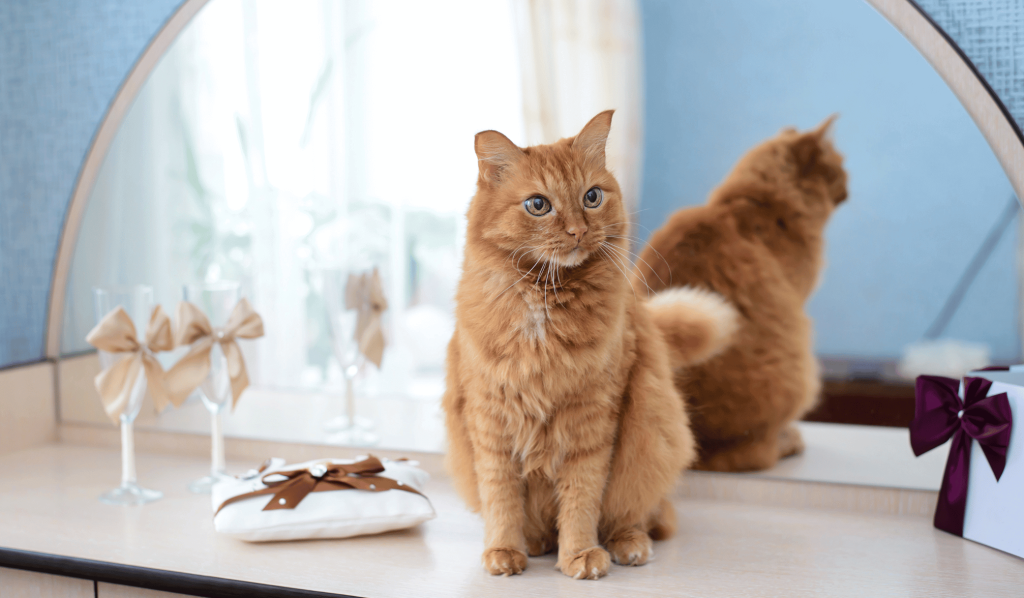
Picture two mini realms, each a mirror of comfort and familiarity for your cats. Your task is to carve out separate, yet equally enchanting worlds for them.
Spaces where their own toys, cozy beds, and those oh-so-important litter boxes reside. Moreover, introduces them to new adventures within their environment, slowly embedding routines that are uniquely theirs.
It’s about crafting spaces that are safe, secure, and provide enough mental and physical stimulation to ease the separation process.
Read: Cats Sleep Together But Fight
Navigating Through Potential Risks and Challenges
A. Identifying Potential Risks
Peering into the world of separating bonded cats, you’ll find yourself dealing with several emotional and behavioral challenges. Recognizing these situations, from the subtle shift in playfulness to a quiet retreat under the bed, becomes your key success through this journey.
What might go wrong during this time? A cascade of stress, perhaps a dash of aggression, or a sprinkle of health concerns.
So, make sure to pay close attention to your cats’ behavior, especially during the early days of the separation.
B. Mitigating Emotional and Behavioral Risks

Navigating through emotional and behavioral changes requires a steady approach. More playtime, extra attention, and a calm demeanor are crucial in managing stress and potential aggression in your cats.
If you notice increased hissing, swatting, or other behavioral shifts, considering a consultation with a feline behaviorist might be a wise step.
Your consistent and gentle support will be pivotal in maintaining their emotional stability through this transition.
C. Addressing Physical Health Concerns
Monitoring their physical health closely is key during separation. Keep a close eye on their eating habits, weight, and general activity levels to catch any subtle signs of stress or health issues.
If you notice any changes, such as skipped meals or lethargy, a visit to the vet might be necessary to address any underlying health concerns and keep them on a healthy path during this change.
D. Ensuring Long-Term Well-being
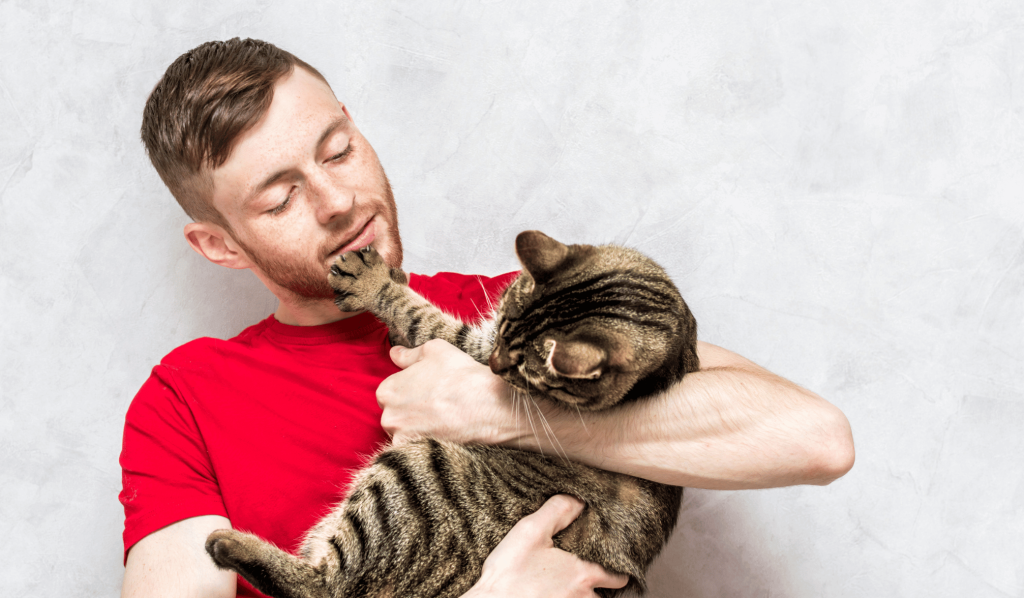
Ensuring their well-being post-separation involves continuous observation and stable routines. Regular vet check-ups, consistent routines, and ongoing support will be vital in ensuring they adapt and thrive in their independent lives.
Your role will be to provide a stable and supportive environment, celebrating their progress and ensuring their health and happiness in their new separate lives.
Conclusion
Going through the path of separating bonded cats is both a delicate and profound journey. Your attentive and compassionate approach paves the way for a smoother transition for your feline friends.
We invite you to share your experiences, insights, or any lingering questions in the comments below.
Your shared stories become valuable insights that help and guide others through similar journeys.
We're an affiliate
We hope you love the products we recommend! Just so you know, gameraround.com is a participant in the Amazon Services LLC Associates Program, an affiliate advertising program designed to provide a means for sites to earn advertising fees by linking to Amazon.com.

